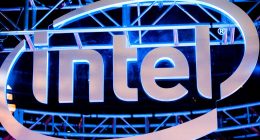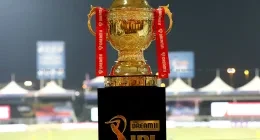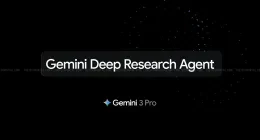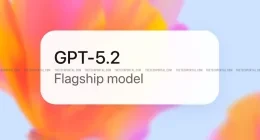Google has announced the names of five winners (out of 24 finalists) of this year’s Google Science Fair on Tuesday. The annual science competition attracts thousands of young innovators (between 13 to 18 years of age) from around the globe and most of the projects tackle issues like sustainability, healthcare, and accessibility. This year’s winners include two young Indians who were awarded for their discovery of an eco-friendly way to coagulate rubber.
The competition is sponsored by Google, Lego, Virgin Galactic, National Geographic, and Scientific American. The Grand Prize was awarded to Fionn Ferreira, who is a resident of Ireland, who proposed a method for the extraction of microplastics from wastewater to prevent it from entering the oceans. The chief judge for this year’s competition Mariette DiChristina (Editor in Chief of Scientific American) congratulated Fionn for his “tenacity and dedication to solving an important environmental problem embodies the spirit of exploration.”
A. U. Nachiketh Kumar and Aman K. A. were awarded the National Geographic Explorer Award for proposing an alternative to formic acid to coagulate rubber. Nachiketh and Aman suggested using bilimbi extract which is created from a weed fruit Bilimbi (Scientific name: Averrhoa Bilimbi).
The Bilimbi extract is obtained by grinding 1 kg of Bilimbi fruit with 100 ml of water. The tests carried out by Nachiketh and Aman have shown that rubber latex coagulated 6 hours faster than the current method of rubber latex mixed with formic acid. Using formic acid to coagulate rubber poses a threat to the environment as chemicals such as methanol, carbon monoxide, and sodium methoxide are also released as by-products during the reactions.
The cost of formic acid is Rs. 325/litre whereas the Bilimbi extract costs Rs. 30/litre. Thus, using the Bilimbi extract also lowers production costs, their research suggests. Also, formic acid is highly toxic hence needs to be handled carefully. Whereas bilimbi extract is safe and improves the quality of rubber sheets produced using it.
Celestine Wenardy won the Virgin Galactic Pioneer Award for her work on affordable and noninvasive methods for monitoring blood glucose levels. Tuan Dolmen won the Scientific American Innovator Award for founding a novel method to harness energy from tree vibrations. Danii Kazanstev received the Lego Education Builder Award for using technology to turn sign language into words to help people with impaired hearing.
Also, another Indian, Nishitha KK won the Inspiring Educator Award for encouraging her students to achieve great things. She mentored Aman and Nachiket during their project.
The finalists for this year’s competition showed a variety of innovative ideas with many of them based on AI and computer algorithms. This year’s finalists included four Indians, including the winners Aman and Nachiketh.
The other Indian finalists were Sachin Singh (designed an AI-based mobile solution for detection of valvular heart disorders), Rishank Kanaparti (devised a way to making the road safer with computer vision algorithms) and Lalith Pingali (developed a Personal Oral Health Advisor device based on machine learning).
The Tech Portal is published by Blue Box Media Private Limited. Our investors have no influence over our reporting. Read our full Ownership and Funding Disclosure →






